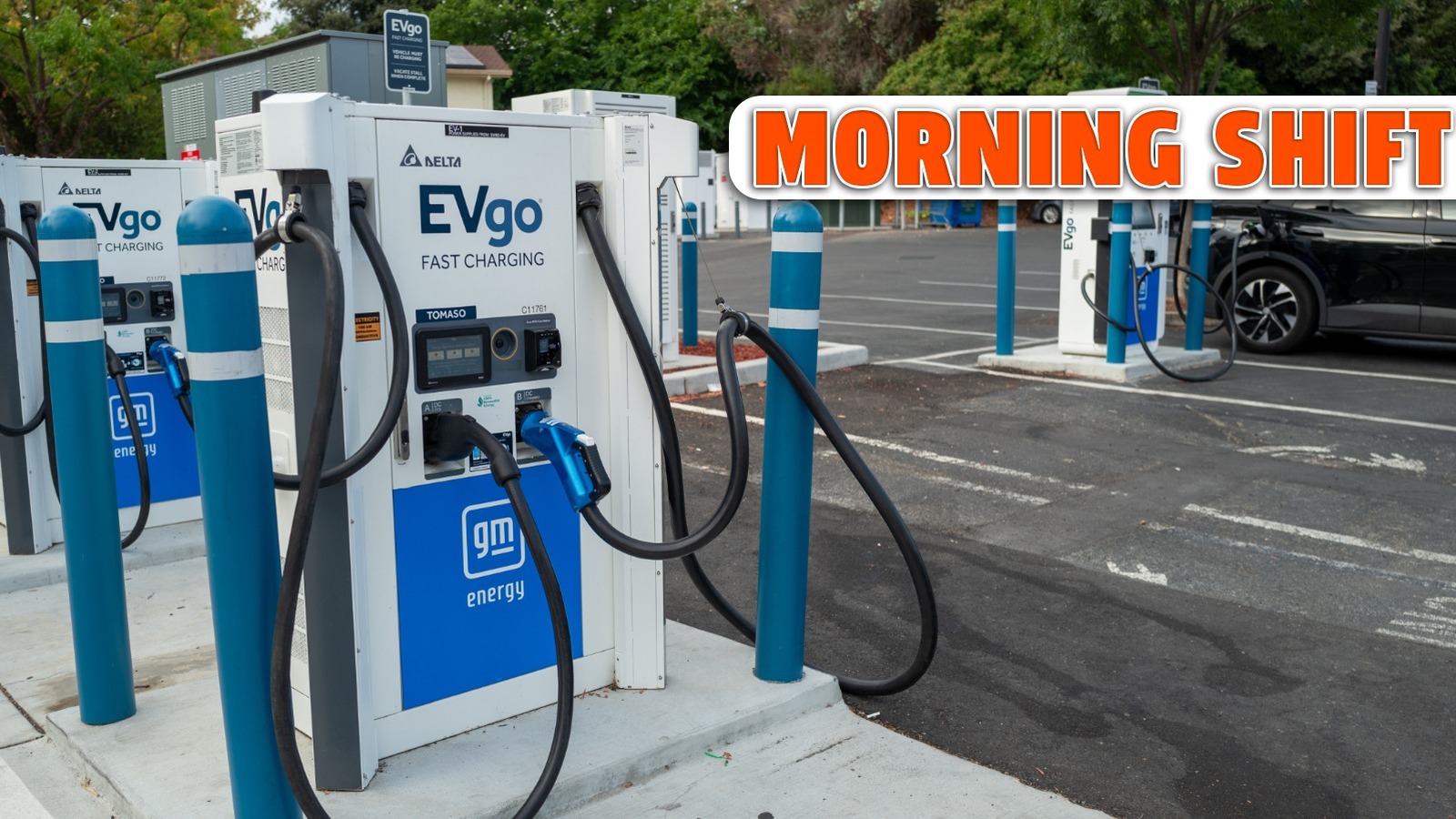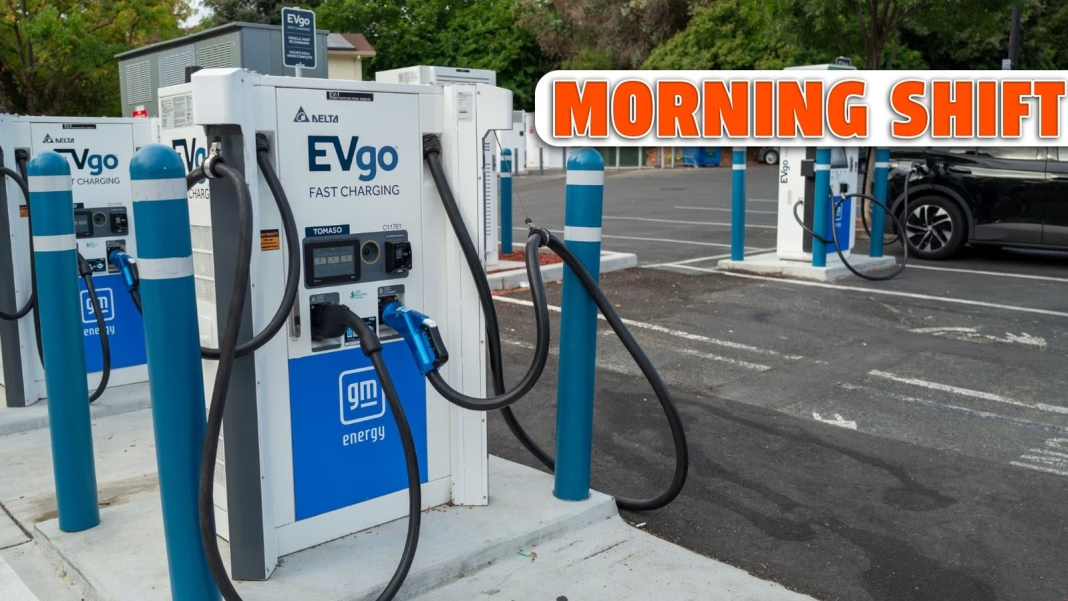How Reliable Is EV Charging Across the United States Right Now?
If you’ve ever considered switching to an electric vehicle, you’ve probably wondered: Can I actually find a charger when I need one? Not long ago, the answer was a hesitant maybe. But things are changing—fast. The number of public EV charging stations in the US has jumped by more than 40 percent since 2021, according to the Department of Energy. That’s a big leap, but it’s not just about quantity. The real question is, are these chargers actually reliable?
Here’s the honest scoop: While urban areas like Los Angeles, San Francisco, and New York now boast a dense network of fast chargers, rural drivers still face gaps. A 2023 J.D. Power study found that about 1 in 5 charging attempts at public stations failed, often due to broken equipment or payment issues. That’s frustrating, but it’s also a sign of a growing pain—companies are racing to fix these problems as more drivers go electric.
What’s Fueling the Rapid Growth in EV Charging?
So, why the sudden surge in charging infrastructure? It’s a mix of government push and private investment. The Bipartisan Infrastructure Law earmarked $7.5 billion for EV charging, aiming to install 500,000 public chargers by 2030. Meanwhile, automakers like Ford and GM are partnering with charging networks to ensure their customers have access to reliable power on the go.
But here’s something you might not hear every day: the real game-changer is standardization. Tesla’s North American Charging Standard (NACS) is quickly becoming the industry norm, with major automakers announcing plans to adopt it. That means less confusion and more compatibility—think of it as moving from a wild west of charging plugs to a world where your phone charger fits everywhere.
Are Fast Chargers Really as Fast as Advertised?
Let’s talk speed. Level 2 chargers, which you’ll find at most public locations, can add 20-30 miles of range per hour. Not bad for a lunch break, but not exactly road-trip ready. Enter DC fast chargers—these can juice up most EVs to 80 percent in about 30 minutes. Tesla’s Supercharger network is the gold standard here, but Electrify America and EVgo are catching up.
Still, speed isn’t everything. Fast charging can stress batteries if used constantly, so experts recommend mixing it up with slower home charging when possible. And don’t forget: not all fast chargers are created equal. Some older stations top out at 50 kW, while newer ones can deliver 350 kW or more. Always check your car’s max charging rate before plugging in, or you might be in for a longer wait than you expected.
What’s Tesla Planning for Ridesharing in New York City?
Now, let’s shift gears to Tesla’s latest move—bringing its rideshare service to New York City. This isn’t just about putting more Teslas on the road. It’s about rethinking urban transportation. Tesla’s rideshare pilot, which started with a small fleet of Model Ys, aims to offer a premium, all-electric alternative to traditional taxis and app-based services.
Why New York? For starters, the city’s aggressive push for clean transportation aligns perfectly with Tesla’s mission. Plus, dense urban areas are ideal for EVs—short trips, lots of stop-and-go traffic, and plenty of places to recharge. Early data from pilot programs shows that riders appreciate the quiet, smooth experience of an electric ride, and drivers benefit from lower fuel and maintenance costs.
Can Rideshare Fleets Really Go All-Electric?
It’s a bold goal, but not impossible. New York City has already set a target for all rideshare vehicles to be zero-emission by 2030. Tesla’s entry could accelerate that shift, especially if it can solve the biggest headache for drivers: charging downtime. By leveraging its Supercharger network and in-car navigation, Tesla can help drivers find and use chargers efficiently, minimizing lost time.
But there are hurdles. Not every driver has access to home charging, and public stations can get crowded during peak hours. Companies are experimenting with solutions like dedicated charging hubs for rideshare drivers and incentives for off-peak charging. The transition won’t be seamless, but the momentum is unmistakable.
What’s the Real Impact for Everyday Drivers?
Here’s where it gets personal. If you’re thinking about buying an EV or driving for a rideshare service, the landscape is looking better by the month. Charging is more available, faster, and increasingly reliable. Plus, as more companies adopt universal standards, you’ll spend less time worrying about which plug fits your car.
The big takeaway? EV charging—and the future of electric rideshares—aren’t about perfection. They’re about smarter adjustments. Start with one change this week, whether it’s mapping out your local chargers or taking your first electric ride. You’ll likely spot the difference by month’s end.


